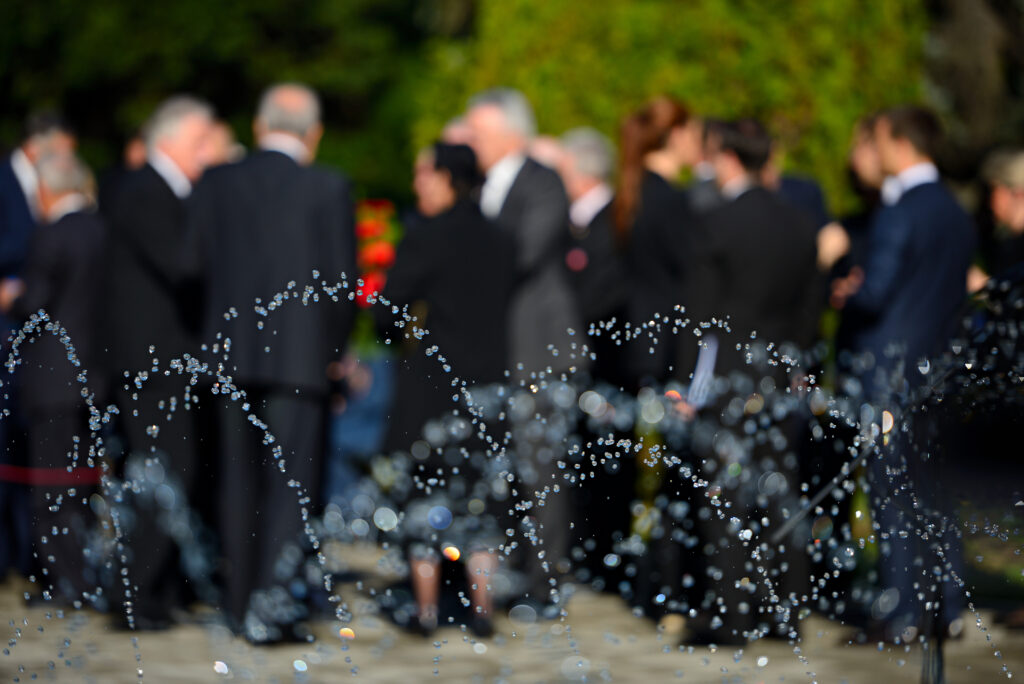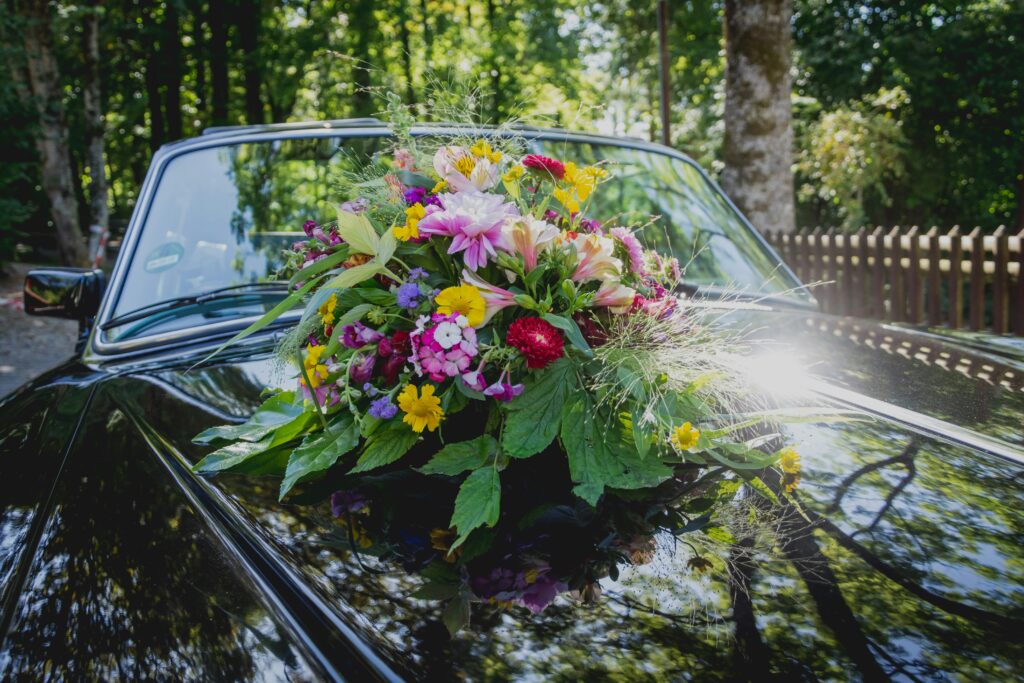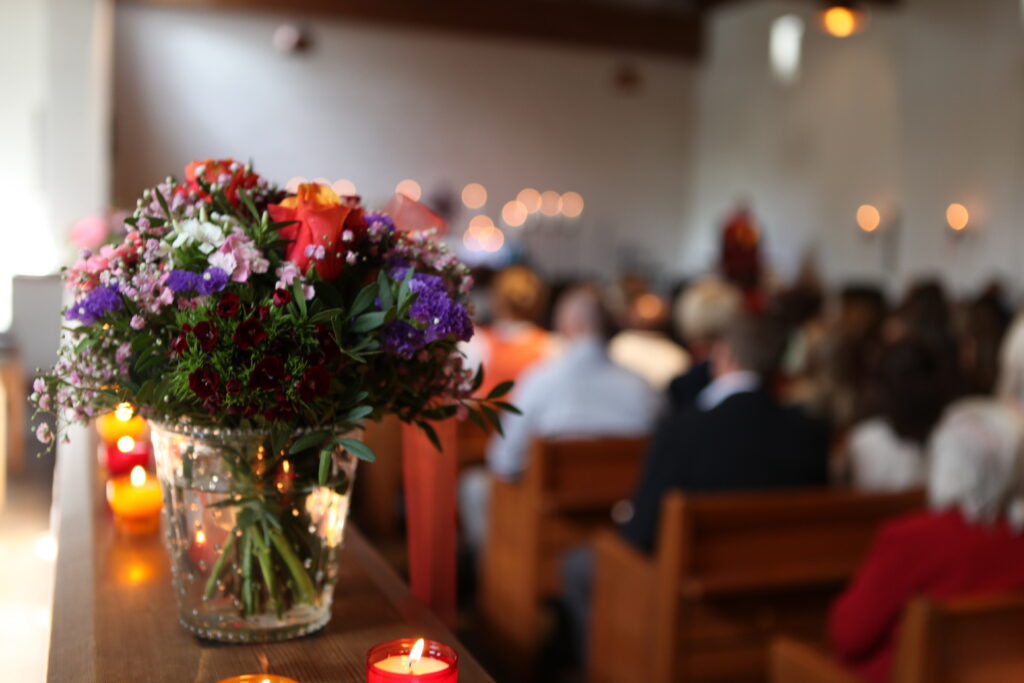The first natural burial ground was opened in 1993 in Carlisle and has grown in popularity ever since, with increasing numbers opting for a natural send off or memorial. Our Head of Training and Funeral Director, Peter Linford carried out the UK’s first woodland burial in Lancaster in 1996 at Torrisholme Cemetery. Today, there are upwards of 250 woodland burial sites across the UK.
Across the UK there are three types of woodland burial ground, these can be categorised as:
Virgin Land
The term ‘virgin land’ refers to a section of land that has not previously been used as a burial ground. Olney Green Burial Ground in Buckinghamshire is an example of a Virgin Land burial ground. Once the funeral is conducted, the family is given the option to plant a tree on the grave. In the fullness of time the burial ground will become a woodland.
Existing Woodland
Some woodland burials are conducted in an existing woodland. Chiltern Woodland Burial Park is an example of just this, where graves and ashes plots are placed around the trees and existing woodland.
Meadow
In addition to the two site types above, there is also the option to have a meadow burial. Longwick Meadow near Aylesbury is an example of a meadow burial ground. In such a location, no grave markers are permitted on any grave or ashes plot. Instead, careful records are kept and are used to identify the burial location, but the field is otherwise used for grazing.





